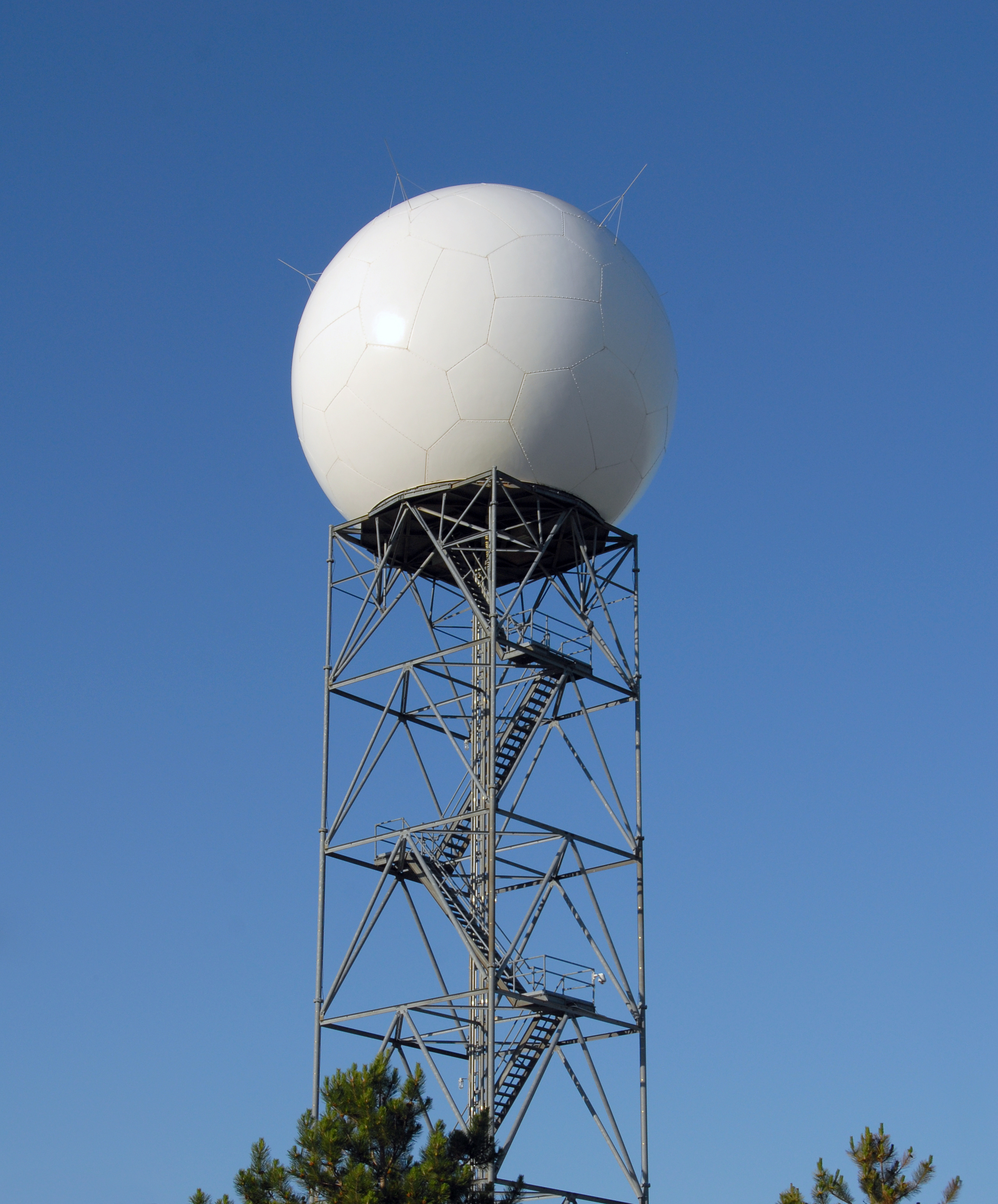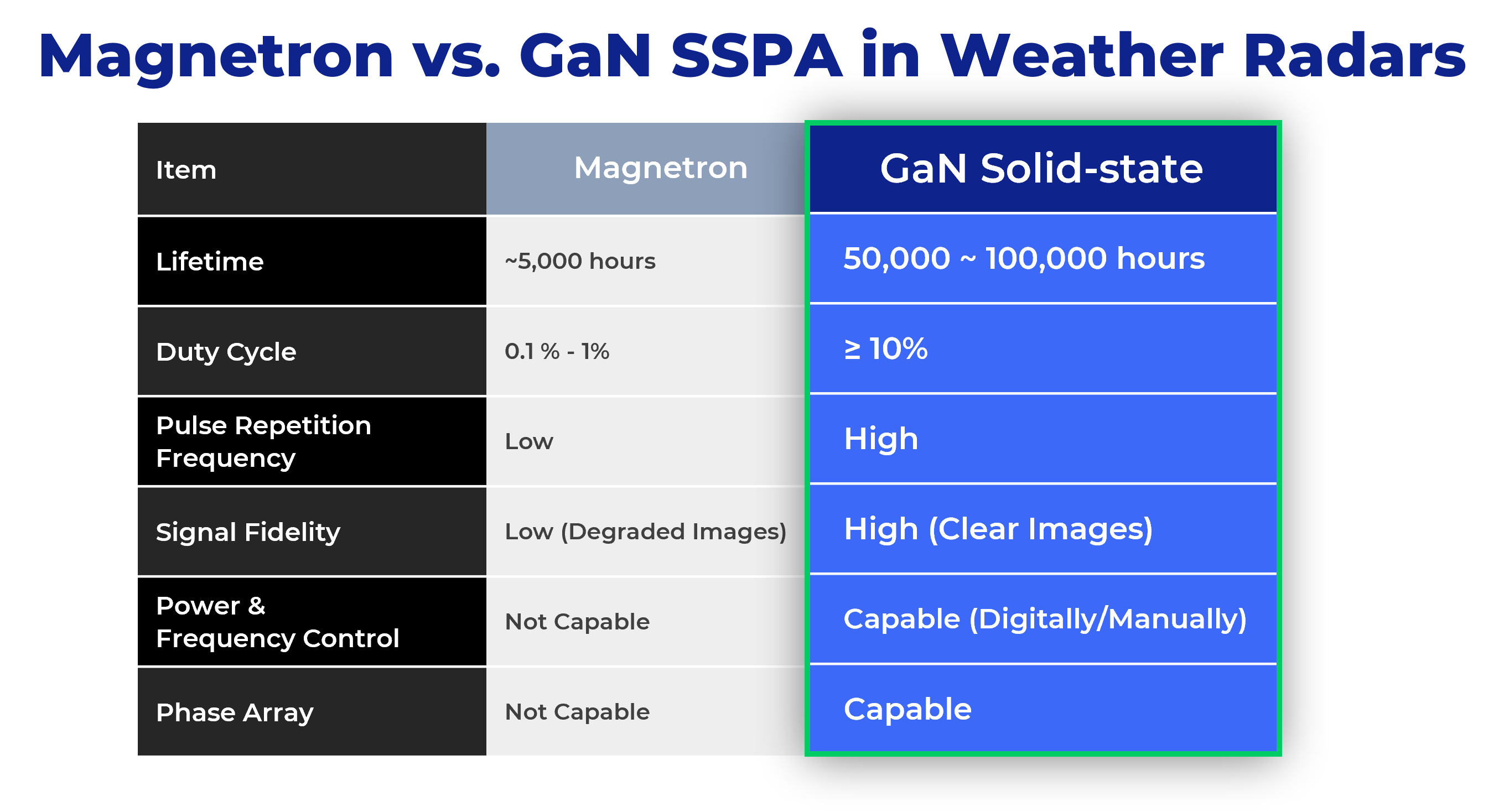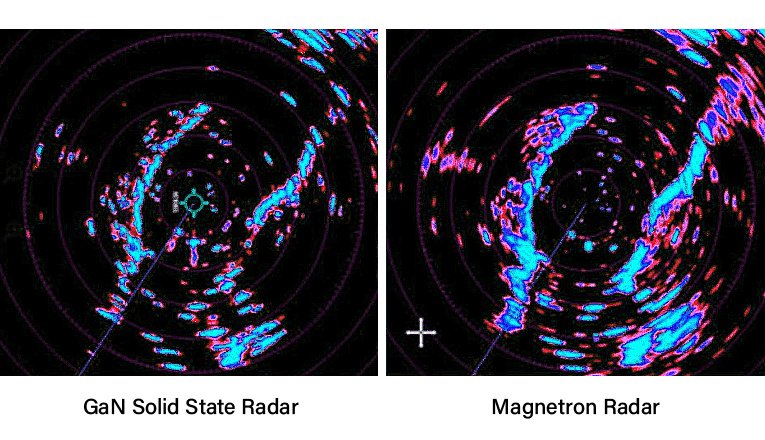Wireless Infrastructure


Weather radars play an indispensable role in meteorology, providing crucial data for forecasting, storm tracking, and climate research. Traditionally, weather radars have relied on magnetron-based transmitters, which have been in use since World War II.
While cost-effective, magnetron technology has limitations in reliability, precision, and operational flexibility. In the evolving market for weather radar systems, the demand for more accurate forecasting, real-time monitoring, and reduced downtime has accelerated the shift to GaN (Gallium Nitride) solid-state technology. GaN-based transmitters offer superior performance, including higher power efficiency, improved signal clarity, and greater durability, essential for handling the challenges of extreme weather conditions. Additionally, the need for lower maintenance costs and longer operational lifespans has made solid-state systems a more sustainable solution. As weather patterns become more unpredictable, the transition to GaN technology positions radar systems to meet the growing demands for precision and resilience in meteorological applications.
Overview of Modern Weather Radar Systems
Modern weather radars are sophisticated systems that utilize the Doppler effect to measure the velocity of precipitation, along with the intensity and type of hydrometeors (e.g., rain, snow, hail). These radars send out pulses of electromagnetic energy, which bounce off particles in the atmosphere. By analyzing the returned signals, meteorologists can infer weather conditions such as wind speed, rainfall rates, and storm structure.
The two primary types of radar transmitters used in weather systems are:
1. Magnetron-based Radars: The traditional workhorse in radar systems, known for their high peak power but lower duty cycle.
2. Solid-State Radars: A newer approach using solid-state amplifiers, which can operate at lower peak power but higher duty cycles.
Within solid-state radars, Gallium Nitride (GaN) has emerged as the material of choice for the next generation of radar systems, offering superior performance characteristics over previous technologies.
Advantages of GaN Solid-State Technology over Magnetrons

1. Increased Pulse Repetition Frequency (PRF) and Duty Cycle
One of the key limitations of magnetron technology is its low pulse repetition frequency (PRF) and duty cycle, which refers to the amount of time the radar is actively transmitting signals. Magnetron-based systems typically operate with a low duty cycle (0.1% to 1%), which limits their ability to gather continuous data, particularly during severe weather events.
In contrast, GaN-based solid-state systems can achieve much higher PRFs and duty cycles (often 10% or higher), allowing for more frequent data collection. Additionally, GaN solid-state systems offer seamless transitions between low duty cycles and long duty cycles. This results in higher resolution imagery and more precise measurement of fast-moving phenomena such as tornadoes, microbursts, or wind shear.
2. Enhanced Beamforming and Phased Array Capability
Magnetron radars are typically limited to parabolic dish antennas that can only focus the radar beam in a single direction at a time. This limits the radar's ability to capture data from multiple directions without physically rotating the dish.
GaN solid-state systems, however, are well-suited for use in electronically scanned phased array radars. These systems use multiple small transmitters and receivers to steer the radar beam electronically without moving parts. This allows the radar to scan the sky in multiple directions almost instantaneously, improving both the speed and accuracy of weather data collection. This is especially important in situations where rapid weather changes, such as tornado formation, need to be detected quickly.

3. Improved Signal Fidelity and Noise Reduction
Magnetron-based systems are prone to generating higher levels of phase noise, which can degrade the quality of the radar signal. This noise makes it harder to discern weak signals, such as light rain or drizzle, from background interference. GaN solid-state radars, by contrast, offer much lower phase noise, resulting in clearer, more accurate radar images. This improved signal fidelity is particularly beneficial in detecting subtle weather phenomena, such as wind patterns in clear air or weak precipitation at long ranges.
4. Long Lifetimes and High Reliability
Magnetron tubes are high-power devices that suffer from wear and degradation over time. The nature of magnetron technology requires periodic replacement, with lifespans ranging from 2,000 to 5,000 operational hours, depending on usage. In contrast, GaN solid-state components have significantly longer lifespans, often lasting over 100,000 hours. This increased reliability is due to the solid-state nature of GaN, which does not involve moving parts or degradation-prone components, reducing the need for maintenance and downtime.
RFHIC's GaN Solid-State Solutions for Next-Generation Radars
RFHIC offers a broad range of GaN solid-state power amplifiers and transmitters for navals, operating in L-band, S-band, C-band and X-band.
RFHIC offers a broad range of GaN solid-state power amplifiers and transmitters for next-generation weather radars, operating in S-band, C-band and X-band. Built with RFHIC’s advanced GaN-on-SiC technology and supported by dedicated in-house manufacturing, these products provide the perfect solution for efficient, reliable, and compact weather radars.
S-Band
|
Part Number |
Type | Min Freq. [MHz] | Max Freq. [MHz] | Output Power [W] | Gain [dB] | Duty Cycle [%] |
Pulse Width [us] |
| RRP27312K5-30 | Power Amplifier | 2,700 | 3,100 | 2,800 | 30 | 10 | 100 |
| RRT273115K-690 | Transmitter | 2,700 | 3,100 | 15,000 | 72 | 10 | 100 |
| RRP27371K5-30 | Power Amplifier | 2,700 | 3,700 | 1,500 | 30.7 | 10 | 200 |
C-Band
|
Part Number |
Type | Min Freq. [MHz] | Max Freq. [MHz] | Output Power [W] | Gain [dB] | Duty Cycle [%] |
Pulse Width [us] |
| RFMR57-CTRM-020SP-500A-SM | Transmit & Receive Module | 5,400 | 5,900 | 20 | 40 | 10 | 50 |
| RRP54591K2-42 | Power Amplifier | 5,400 | 5,900 | 1,200 | 42 | 10 | 100 |
| RRK56578K5-790 | Transmitter | 5,600 | 5,700 | 8,500 | 79 | 10 | 100 |
X-Band
|
Part Number |
Type | Min Freq. [MHz] | Max Freq. [MHz] | Output Power [W] | Gain [dB] | Duty Cycle [%] |
Pulse Width [us] |
| RRT901005K0-570 | Transmiter | 9,000 | 10,000 | 5,000 | 57 | 10 | 100 |
| RRT9397400-560 | Power Amplifier | 9,300 | 9,700 | 400 | 54 | 10 | 100 |
| RRP9596500-55 | Power Amplifier | 9,500 | 9,600 | 500 | 55 | 10 | 100 |
|
To learn more about RFHIC’s GaN Solid-State Solution for next-generation radars, please fill out the form below. |